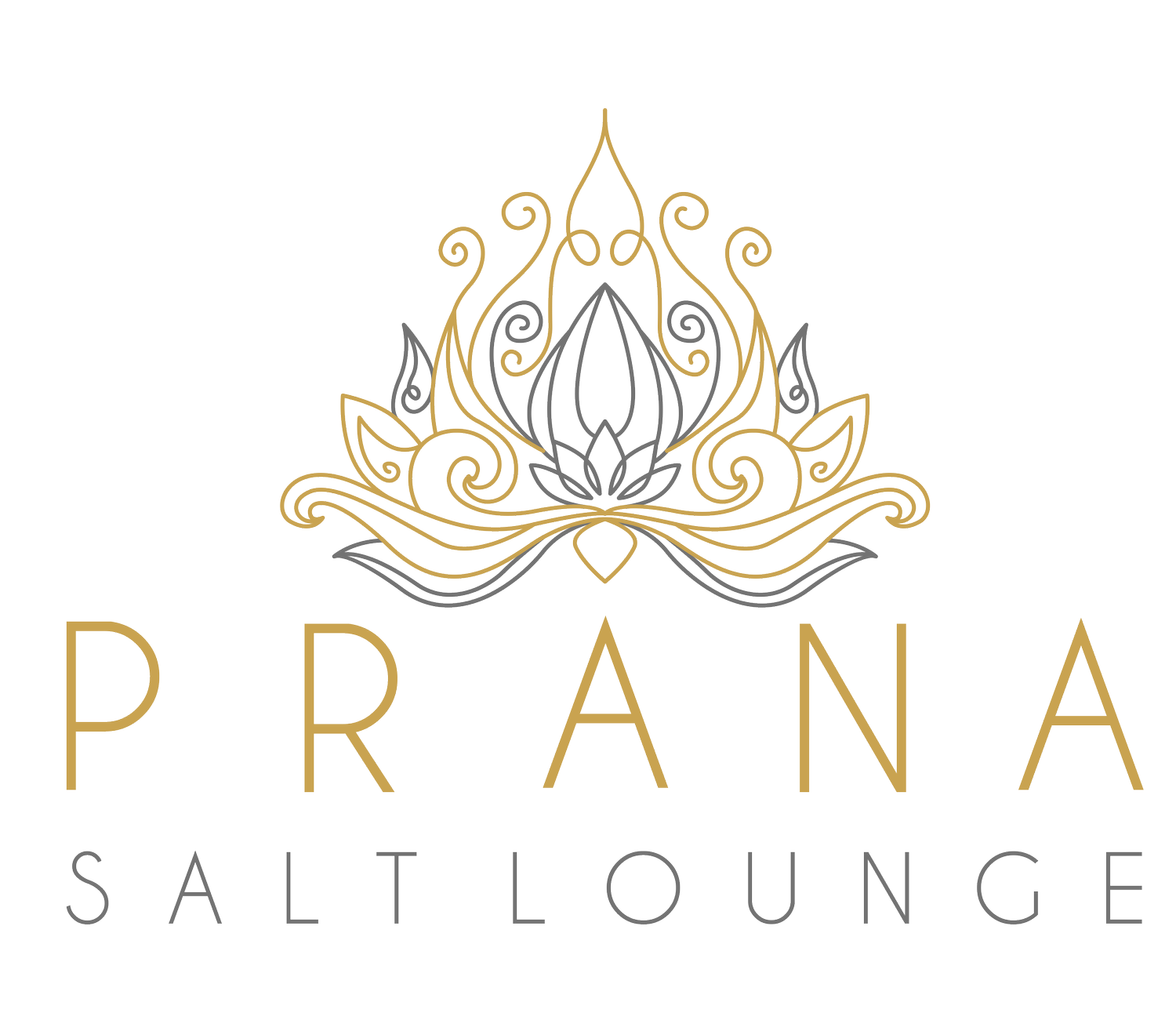What is halotherapy?
Halotherapy, or salt therapy, involves breathing in air with tiny salt particles to improve your breathing. Halotherapy is considered an alternative treatment for lung problems such as asthma, bronchitis, and cough.
Salt therapy, or halotherapy, is antibacterial, anti-inflammatory and antimicrobial – 100% natural, drug free and safe. Breathing in dry salt can help improve your overall wellness by removing toxins from your respiratory system, cleanse your skin, boost your immune system and overall vibe!
Pharmaceutical grade sodium chloride (NaCl) is crushed into microscopic particles and distributed throughout the salt room, utilizing a patented device called a halogenerator. Particles are less than 4 microns (a human hair is 50 microns), allowing penetration into the lower respiratory system. Once inhaled, these salt particles are claimed to absorb irritants, including allergens and toxins, from the respiratory system. Advocates say this process breaks up mucus and reduces inflammation, resulting in clear airways.
The salt particles are said to have similar effect on your skin by absorbing bacteria and other impurities responsible for many skin conditions. Salt is also said to produce negative ions. This theoretically causes your body to release more serotonin, one of the chemicals behinds feeling of happiness.
How long has it been around?
Halo is Greek for “salt”. Many forms of halotherapy have been used for millennia. In the 12th century, the practice of visiting salt caves for therapeutic reasons, or speleotherapy, was common in Eastern Europe. In the 1800s, salt miners in Poland found a more modern version of what’s now halotherapy. Despite working in mines all day, the Polish miners didn’t have any respiratory conditions and were unusually healthy. They weren’t likely to get the colds or coughs that were common among other people.
Research showed that the salty air the miners breathed helped keep their lungs free from infection and allergies. Over time, Eastern European salt mines or caves became popular tourist destinations. People from all over the world visited to inhale the salty air and ease their lung problems.
What are the benefits of halotherapy?
Studies have found that halotherapy can have benefits for respiratory conditions, skin problems, and allergies.
Salt is a natural and safe ingredient. It does not have any notable side effects. It is also:
· Mucoactive, clearing up mucus from your airways
· Antibacterial, helping prevent infections
· Anti-inflammatory
· Immunity-boosting
· Anti-allergic
Research has found that because of these properties, halotherapy can be used as part of the treatment of:
· Lung infection
· Throat infection or pharyngitis
· Chronic obstructive pulmonary disease (COPD)
· Smoking-related breathing problems
· Respiratory allergies
· Asthma
· Bronchitis
· Cold or cough
· Sinusitis
· Rhinitis
· Tonsillitis
Halotherapy can also be used to treat breathing problems caused by COVID-19, improving your breathing and the amount of oxygen in your blood.
Due to the potential to increase serotonin naturally, halotherapy may also assist in the following:
· Reduce stress
· Decrease anxiety
· Aid in symptoms of depression
Tiny salt particles used in halotherapy can also help repair your skin cells and protect your skin from aging and infection. This therapy can be used to treat:
· Acne and rosacea
· Skin allergies
· Rash
· Eczema
· Psoriasis
· Dermatitis
· Fungal infection such as onychomycosis
· Wrinkles and signs of aging skin
Composite of WebMD.com and Healthline.com
Are there different types of salt therapy?
Salt therapy is usually done in salt rooms, which can be active or passive.
· Active salt room: This room has a machine called a halogenerator, to which salt is added. The equipment breaks down the salt into tiny particles that circulate in the room.
· Passive salt room: This type of room does not have a machine to break down the salt. Instead, the room is filled with different types of salts, such as Himalayan salt. It looks like a salt cave, with controlled temperature and humidity.
The salt concentration in passive salt rooms is lower than in active salt rooms. These rooms are usually used for relaxation and meditation rather than halotherapy. Why not do both in the same room!?!

